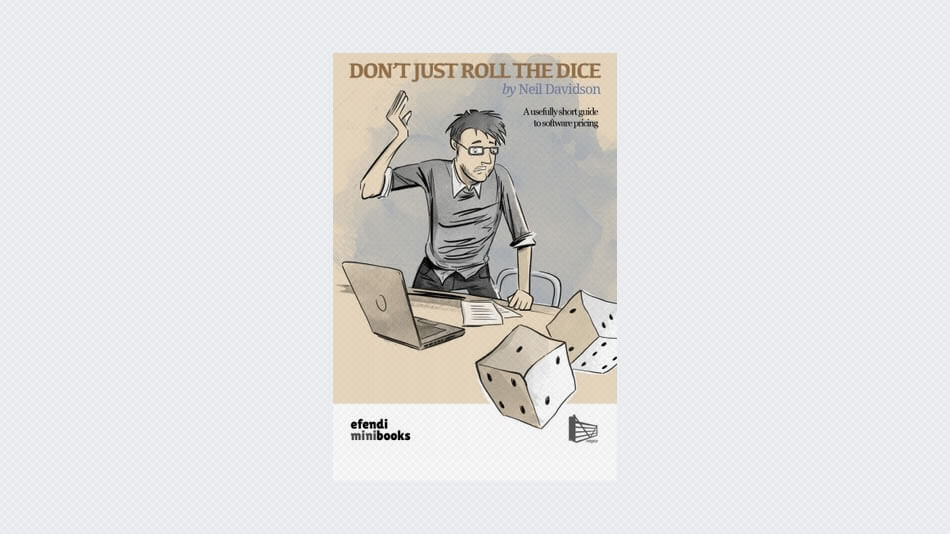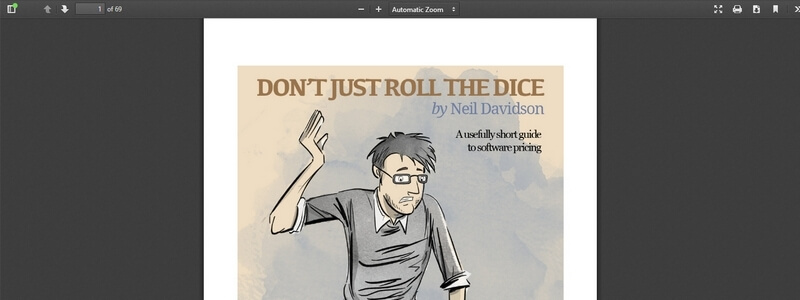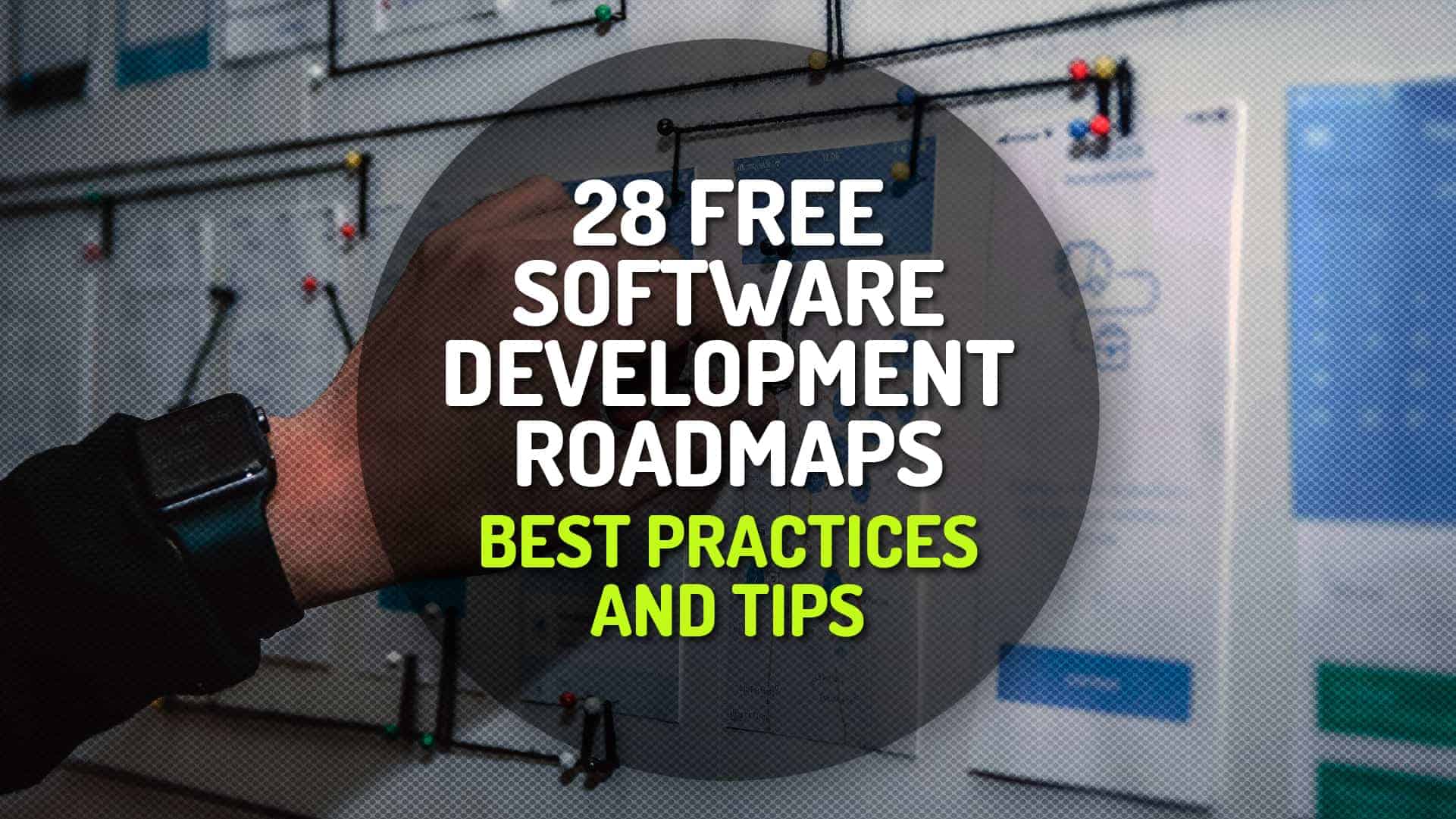In 1938, two young engineers were ready to launch their first product. They’d struggled with what to build. After considering amplifiers, radio equipment, air controllers, harmonicas and even muscle-building electrodes for housewives, they’d finally decided to create an oscilloscope. Not wanting customers to be put off by a version one product, they sensibly called it the Model 200A.
The next step? Decide the pricing.
They eventually settled on $54.40. Was that because it represented the cost of manufacturing, plus a decent markup? No. These engineers hadn’t taken that into account. In fact, they soon realized that the cost of building each oscilloscope was more than the price they were asking. Was it based on what the competition charged? No. They hadn’t bothered to discover that General Radio charged $400 for an equivalent model.
They chose $54.40 because it reminded them of the 1844 slogan used in the campaign to establish the northern border of the United States in the Pacific Northwest (-54′ 40′ or Fight!-).
What a dumb-ass way to price a product.
But these two young engineers recovered from their stumble. The Model 200A went on to become the longest-selling basic electronic design of all time, still selling 33 years later. The company they founded became an institution. Their names? Dave Hewlett and Bill Packard.
If Hewlett and Packard, two Stanford graduates with the rosiest of futures ahead of them, can flounder so badly when faced with the problem of how to price their products, what hope do the rest of us have?
Quite a lot, as it turns out.





